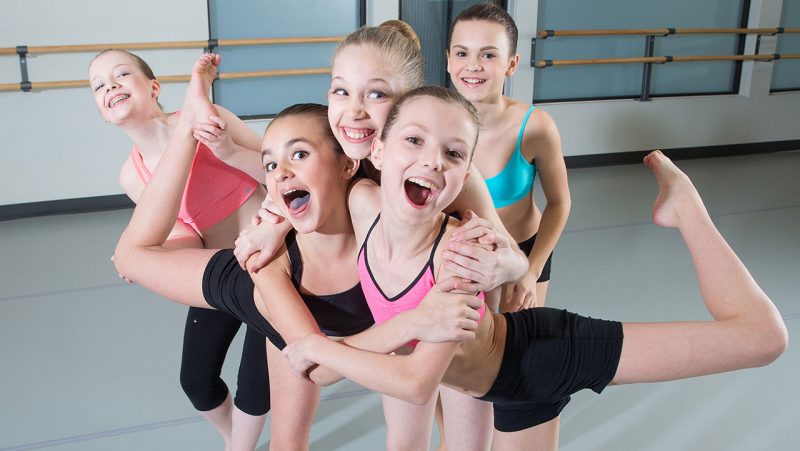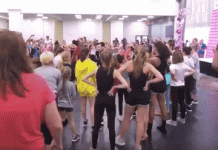 How do you praise students that have done well during class or after an intense competition weekend? Cheering, trophies, maybe a treat. These rewards for doing well and working hard are important for keeping dancers motivated and invested, but you could actually be doing it more. Now, we’re not talking about taking the team out to dinner to celebrate every class, but cultivating an environment where meaningful interactions are a priority is important to teaching and coaching happy, invested dancers.
How do you praise students that have done well during class or after an intense competition weekend? Cheering, trophies, maybe a treat. These rewards for doing well and working hard are important for keeping dancers motivated and invested, but you could actually be doing it more. Now, we’re not talking about taking the team out to dinner to celebrate every class, but cultivating an environment where meaningful interactions are a priority is important to teaching and coaching happy, invested dancers.
What is meaningful?
Meaningful interactions are interactions that acknowledge a person and their value and hard work on a task. Say a dancer in class has a way to go before she masters her arabesque, but they have been continually putting time and effort into stretching, exercising, and getting their leg up in the air to master that move. Acknowledging exactly that is meaningful. Meaningful interactions make the person receiving them see their value to those around them and encourage them to keep up that level of achievement and even strive for more.
Interact with ALL Students
Like anything else in the studio, you need to find a balance for the right level of meaningful interaction. You don’t want to overpraise because you want your dancers to understand moments where they do need to improve, but you also don’t want to leave anyone out. Make sure that meaningful moments are genuine and evenly distributed among your dancers.
Focus on Minute and Large-Scale Achievements
You can certainly praise Sarah for learning a complicated combination, but that doesn’t mean Darrell doesn’t deserve the same level of appreciation for his work in a “smaller” task. When you work to have meaningful interactions in the studio, you want to appreciate task/action and overall day performances. An easy way to do this is to celebrate as a class all of the work they have done at the end of the day. High fives all around!
Get the Whole Class Involved
Now, the teacher shouldn’t be the only one involved in meaningful interactions. Teaching students to interact meaningfully with one another can help create an environment of positivity, support, and feedback. With a little practice, these interactions can become common practice for everyone in the class.













